‘Start finding me, boys:’ The 1999 rescue of two USAF pilots in Serbia
- By Business Insider
Share This Article
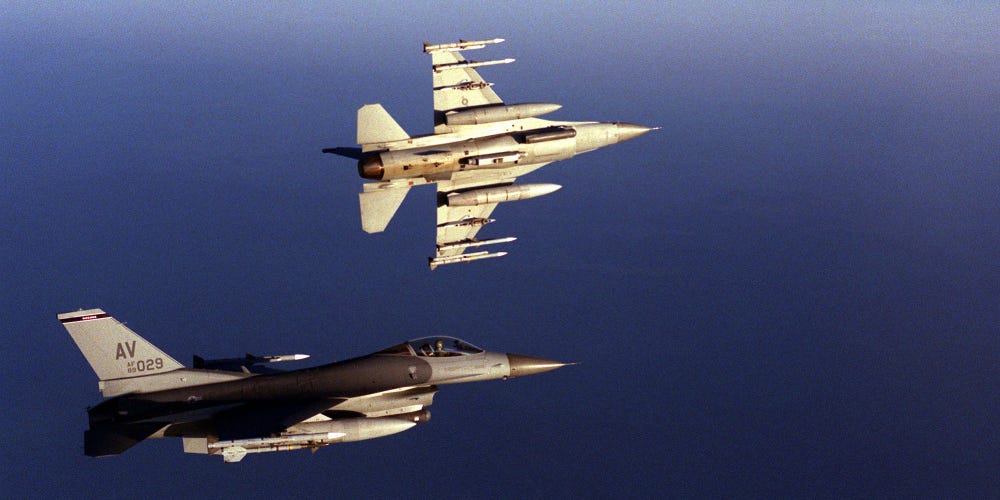
This article by Stavros Atlamazoglou was originally published by Business Insider.
In March 1999, NATO aircraft took to the air to stop a genocide in the Balkans.
Operation Allied Force was a NATO bombing campaign meant to halt Serbian dictator Slobodan Milosevic and his forces and compel them to withdraw from Kosovo.
After the dissolution of Yugoslavia in the early 1990s, the countries that emerged fought each other in a series of brutal wars in which war crimes, including ethnic cleansing, were common. The massacre at Srebrenica, in which Serbian forces executed more than 8,000 Bosnian Muslims in 1995, stands out for its cruelty, but all sides committed atrocities.
While Delta Force, SEAL Team 6, and Coalition special-mission units were hunting war criminals on the ground, US aircraft led the way in the air, but their mission wasn’t easy.
The Serbs had a formidable air-defense capability, launching close to 1,000 missiles at NATO aircraft throughout the 78-day campaign.
They shot down two US aircraft — an F-117 Nighthawk stealth attack aircraft and an F-16 fighter jet.
When the unthinkable happens
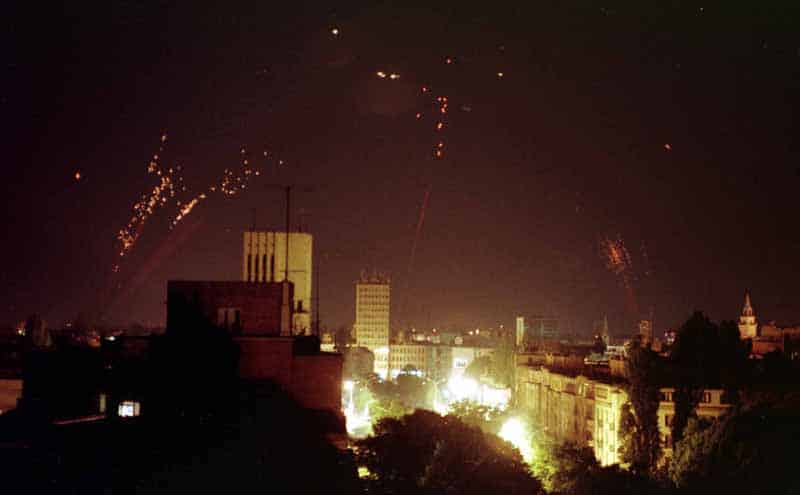
OPERATION PORCUPINE: THE AIR FORCE PLAN TO RESCUE DOWNED F-16 PILOTS
On March 27, 1999, four days into the operation, Lt. Col. Darrell Patrick “Dale” Zelko was flying “Vega 31,” an F-117 and one of the most advanced planes in US inventory, against a hard target in Belgrade, the Serbian capital.
Usually, EA-6 Prowlers and F-16 Fighting Falcon jets would escort US bombers to provide electronic jamming and air-to-ground support, respectively, when hitting hard targets.
On that fateful March night, the weather was so bad that the escorts couldn’t fly, so the F-117s went in alone.
As Vega 31 approached its target, the Serbs launched two surface-to-air missiles, hitting the F-117 once and forcing Zelko to eject from the burning aircraft.
Eight anxious-filled hours followed for Zelko, facing the cold and rough terrain while avoiding Serbian patrols and their hounds, before he was picked up by an Air Force special-operations combat search-and-rescue team.
The world was surprised by the seemingly unthinkable shoot-down of a US stealth bomber by the Serbs, who achieved a major propaganda coup. But a few weeks later, Serbian air defenses struck again.
‘Start finding me, boys’
On May 2, 1999, Lt. Col. David Goldfein was flying his F-16 Viper fighter with the call sign “Hammer 34” on a night combat sortie over Serbia, hunting for enemy anti-aircraft missile batteries.
The goal was to establish complete air superiority before targeting Serbian forces en masse.
Goldfein’s unit, the 555th Fighter Squadron, had found a way to target enemy surface-to-air systems by using the F-16’s infrared targeting pod to locate heat signals from the batteries and then using the AGM-88 High-speed Anti-Radiation Missile to destroy them.
Suddenly, a surface-to-air missile struck Goldfein’s F-16, causing considerable damage. At first, the aircraft was still flyable, so Goldfein started to return to base.
“Start finding me, boys,” Goldfein said over the radio as he struggled to keep his jet aloft. Then the engine went out, forcing Goldfein to glide before finally ejecting over Serbian anti-aircraft positions.
Once on the ground, Goldfein started escaping and evading the Serbian forces who were pursuing him. Meanwhile, an Air Force special-operations combat search-and-rescue team had launched in helicopters and was coming to his rescue.
On their way in, the rescuers took heavy anti-aircraft fire while trying to determine Goldfein’s exact position. It was a race for time on who would get to the American pilot first.
In the end, it was the US commandos who whisked Goldfein away as the Serbs reached the area and began firing at them.
Goldfein went on to a long career, rising to the rank of four-star general and becoming chief of staff of the Air Force, the service’s top uniformed officer.
“Because of this combat rescue team, I was able to return to my family 20 years ago today,” Goldfein said on the anniversary of his rescue in 2019. “We will always be thankful for their sacrifice and courage. The night I was shot down, Airmen & Soldiers flew through enemy airspace, risking their lives to save mine.”
Interestingly, the same anti-aircraft battery, commanded by Zoltan Dani, a Serbian officer, shot down both US aircraft, and the same US Air Force officer, Lt. Col. Stephan Laushine, commander of the 55th Special Operations Squadron, led both rescue missions.
The agency behind the scenes
Instrumental in the quick recovery of both pilots were the updated procedures put in place after the Gulf War in 1990-1991.
Numerous agencies, including the Joint Personnel Recovery Agency (JPRA), which was created in 1999, led a campaign to update and improve Personnel Recovery and Combat Search-and-Rescue doctrine and procedures.
“The changes we made after the Gulf War directly impacted combat search-and-rescue operations in the Balkans. Take for example Vega 31 and Hammer 34. The CSAR was quick and effective. We managed to get them out without any serious issues. But to get there, we had to do a lot of changes and work,” a retired JPRA officer told Insider.
The JPRA is the agency responsible for the return of US troops and government employees trapped in non-permissive or semi-permissive spots. Its primary customers are Air Force pilots, special-operations troops, and the intelligence community.
“During planning, we ensure we can get everyone out. It does require additional work, but it’s worth every minute,” the retired JPRA officer said.
There is always a combat search-and-rescue and personnel recovery window for every air sortie or special-operations mission, especially in a semi- or non-permissive area of operations.
Although that requirement can be restrictive and seen as risk-averse, it provides peace of mind to pilots and commandos, knowing that someone is coming for them if the worst happens.
Read more from Business Insider:
- Biden wants military commanders out of the process for investigating sexual assault cases
- Biden cut off questions on Afghanistan because it is a holiday weekend and he wants to talk about ‘happy things’
- Almost as soon as the US military left its biggest air base in Afghanistan, looters rolled in
- Air Force special operators face a ‘particularly hard’ transition after Middle East wars, top general says
- The US Navy is shelving its dream of a powerful electromagnetic railgun to develop hypersonic missiles and other weapons
Feature image: U.S. Air Force photo by Senior Airman Jeffrey Allen
Related Posts
Sandboxx News Merch
-

F-35 ‘Evolution’ Poster
$22.00 – $28.00 Select options This product has multiple variants. The options may be chosen on the product page -

A-10 ‘Thunderbolt Power’ Framed Poster
$45.00 – $111.00 Select options This product has multiple variants. The options may be chosen on the product page
Business Insider
Related to: Military History, Special Operations
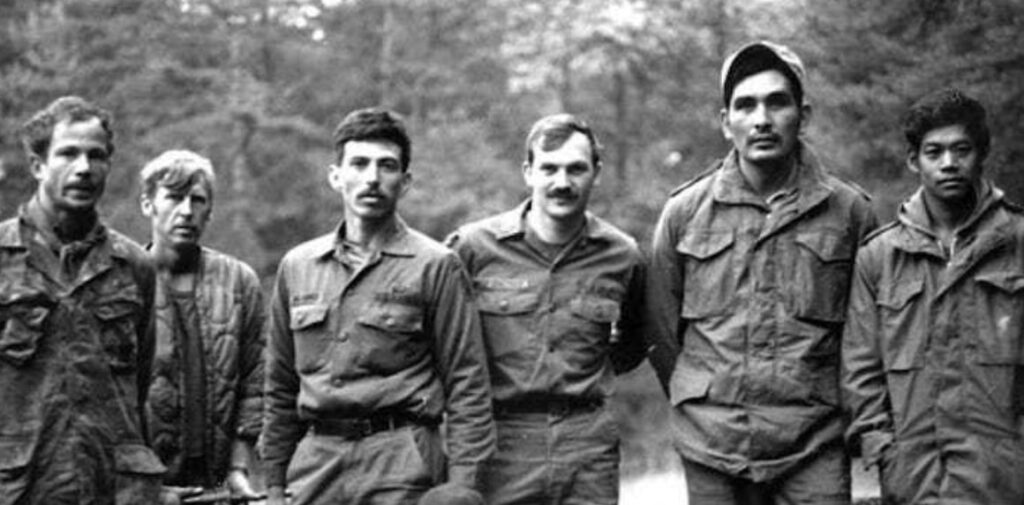
Delta Force Assessment and Selection: Spending nights at base camps
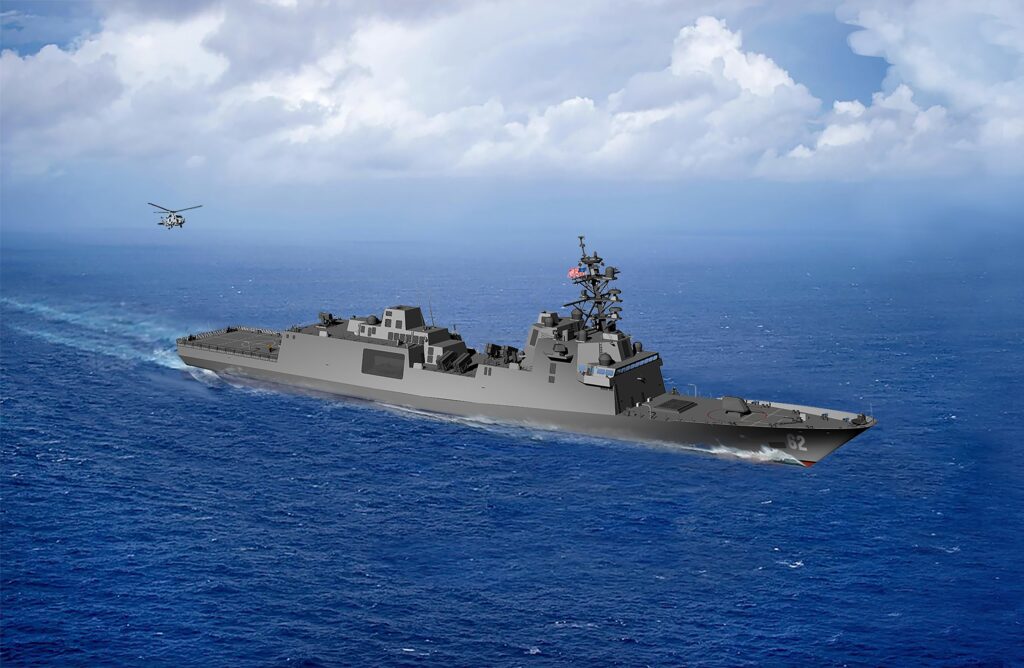
The US Navy is forced to wait on its new flagship frigate

Apophis: Are we prepared to defeat Earth’s greatest planetary threat?
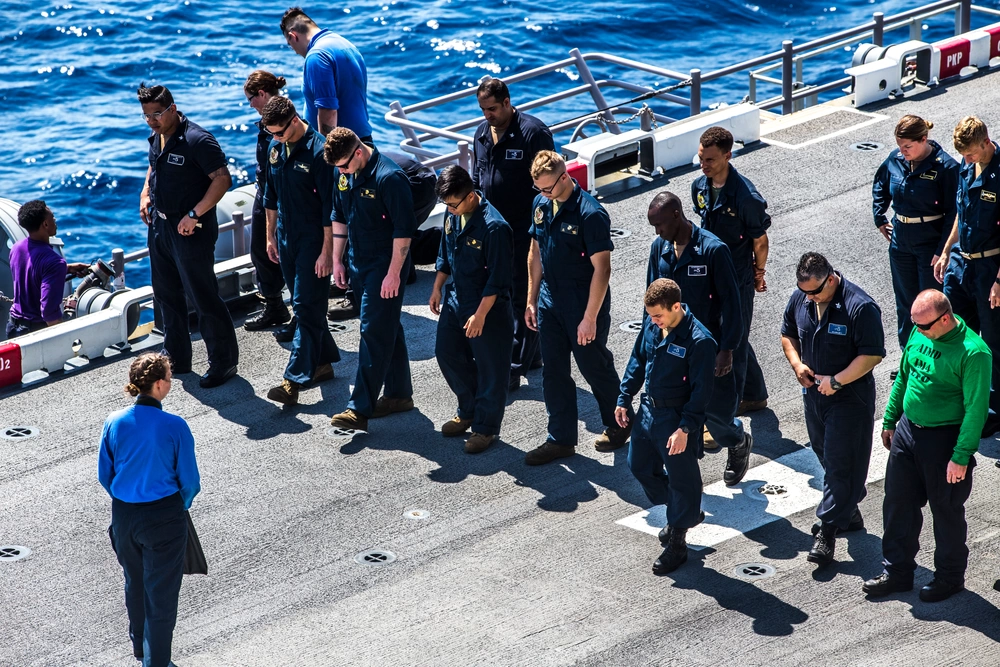
Do sailors have a future in the US Navy? No, according to former Army general
Sandboxx News
-

‘Sandboxx News’ Trucker Cap
$27.00 Select options This product has multiple variants. The options may be chosen on the product page -

‘AirPower’ Classic Hoodie
$46.00 – $48.00 Select options This product has multiple variants. The options may be chosen on the product page -

‘AirPower’ Golf Rope Hat
$31.00 Select options This product has multiple variants. The options may be chosen on the product page -

‘Sandboxx News’ Dad Hat
$27.00 Select options This product has multiple variants. The options may be chosen on the product page
